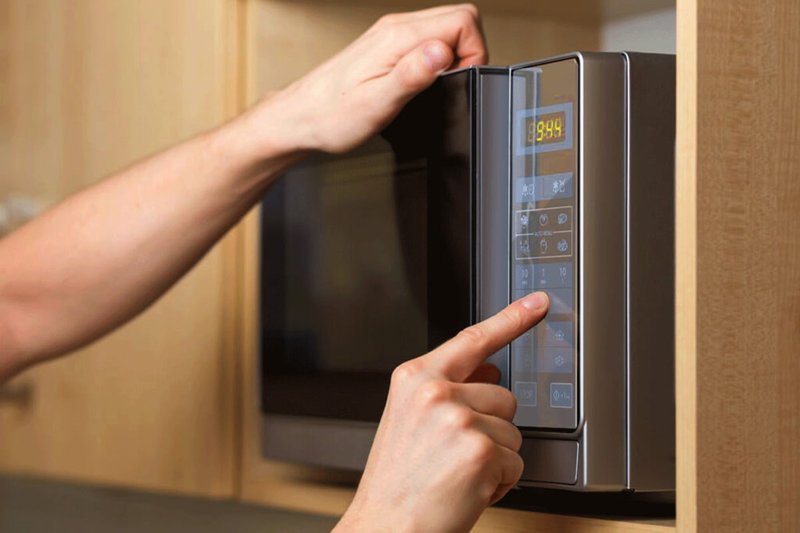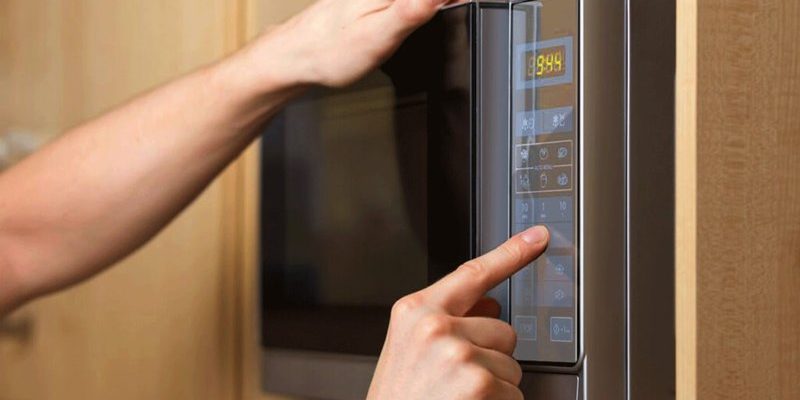
You don’t have to be a tech wizard to understand that microwaves, like any other appliance, have a way of communicating when they need help. The E1 error code is a signal that there might be an issue with the microwave’s sensor. Think of this sensor as the appliance’s internal thermometer; it helps regulate temperature and cooking times. When this sensor malfunctions, it’s like trying to cook blindfolded—you won’t know when the food is ready. Understanding when to call a technician can save you not only a lot of frustration but also potentially extend the life of your microwave.
Understanding the E1 Error Code on Samsung Microwaves
So, what exactly does the E1 error code imply? It usually indicates a problem with the humidity sensor or the microwave’s internal temperature readings. You might be wondering, “Why does my microwave even need a humidity sensor?” Well, it plays a crucial role in adjusting cooking times and ensuring your food cooks evenly. When this sensor isn’t working right, your microwave might misjudge cooking times, leading to unevenly heated meals or undercooked food.
Think of the humidity sensor like your car’s fuel gauge. Just as you rely on the fuel gauge to know when it’s time to fill up the tank, your microwave relies on its sensor to know how long to cook things. If either goes haywire, you’re bound to run into some problems. A malfunctioning sensor can cause the microwave to overheat or undercook food, which is not only annoying but potentially unsafe.
Sometimes, the E1 code can also be triggered by minor issues like temporary glitches or software hiccups, which might be resolved by simply unplugging the microwave for a few minutes and plugging it back in. However, if the error persists, it could point to a more serious underlying problem that requires the expertise of a professional technician. It’s important to recognize these signs early to prevent further damage to your appliance.
When Should You Call a Technician?
You might be asking yourself, “Is this something I can fix on my own?” For minor electronic devices, a bit of DIY spirit can go a long way. But microwaves are a tad more complicated. If the E1 error code doesn’t disappear after a simple reset, it might be time to call in the cavalry—in the form of a technician. Why? Because tackling advanced electrical components without proper knowledge is like trying to bake without a recipe—it could end in a disaster.
A professional technician will have the right tools and expertise to diagnose the issue accurately. They can determine whether the problem lies with the humidity sensor, wiring, or another internal component. This precise diagnosis can save you from unnecessary repairs and replacements. Plus, fixing a microwave involves dealing with high voltage, so it’s best left to those who know how to handle it safely.
In some cases, the technician might find that the sensor needs replacement. While this might sound daunting, it’s a relatively straightforward fix for someone who knows their way around electronics. By calling a professional, you’re not only ensuring the safety of your appliance but also your own by avoiding any potential accidents. So, when in doubt, don’t hesitate to reach out for help.
Preventative Tips and Future Care
After getting your microwave back in working order, you might wonder, “How can I prevent this from happening again?” Regular maintenance is key. Just like you’d regularly service your car to keep it running smoothly, your microwave also benefits from a little upkeep. Ensuring that the microwave’s vents are clear from dust and debris can help maintain good airflow and prevent overheating issues that might lead to error codes like E1.
Another tip is to avoid slamming the microwave door, as this can jostle sensitive internal components and lead to sensor errors. Treat your microwave with care—imagine it as a delicate instrument rather than a robust kitchen tool. Also, always use microwave-safe dishes, as improper cookware can interfere with the appliance’s sensors and overall performance.
Finally, keep an eye on food spills and splatters. Moisture and food particles can cause the sensors to misread conditions inside the microwave. A quick wipe-down after each use can go a long way toward preventing future issues. By following these simple steps, you can keep that dreaded E1 error code at bay and enjoy hassle-free cooking.
In conclusion, while the E1 error code on your Samsung microwave might seem like a small, digital conundrum, understanding when and why to call a technician can save you time, money, and a lot of headaches. By staying informed and taking proactive steps, you can ensure your microwave continues to serve you well for years to come.
